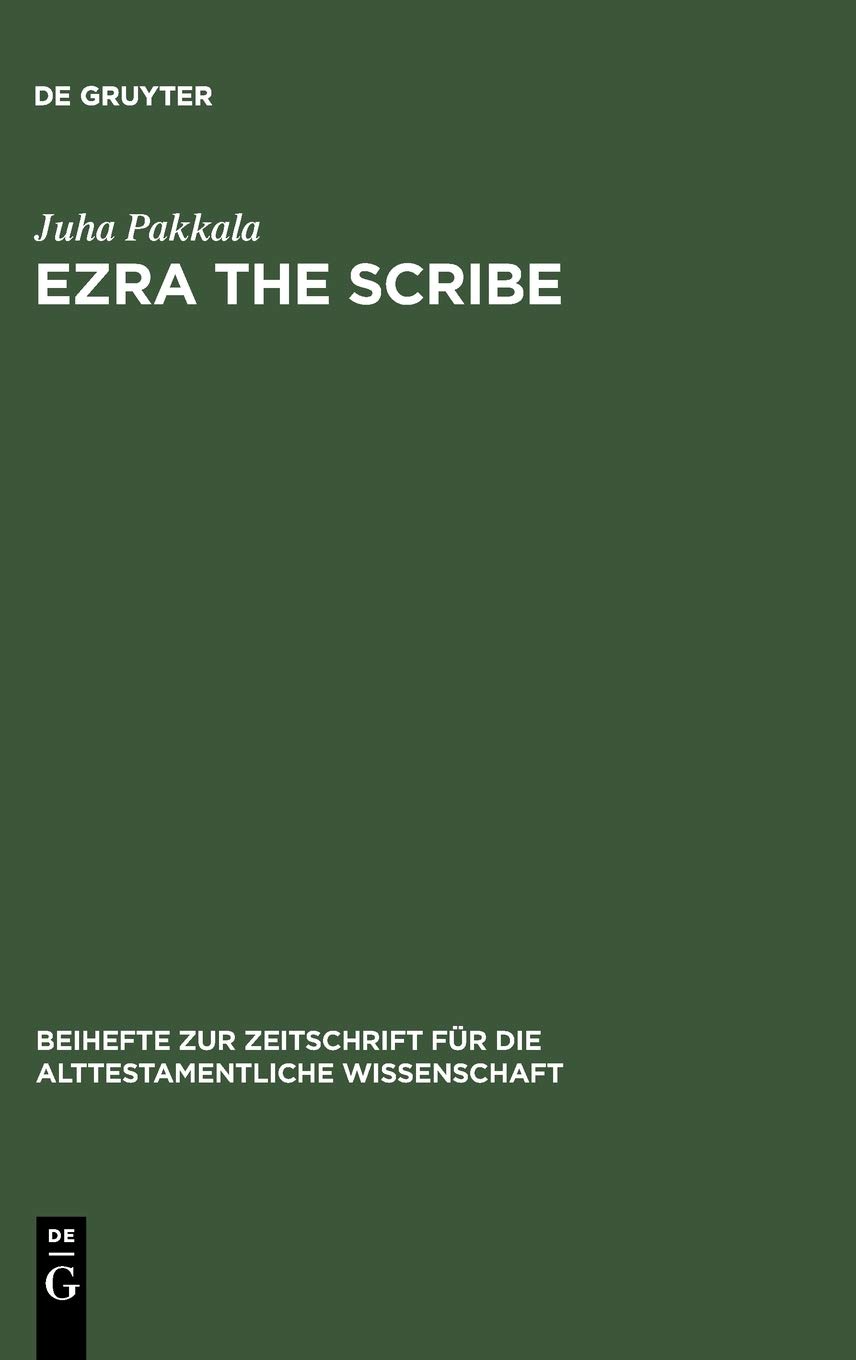

Most ebook files are in PDF format, so you can easily read them using various software such as Foxit Reader or directly on the Google Chrome browser.
Some ebook files are released by publishers in other formats such as .awz, .mobi, .epub, .fb2, etc. You may need to install specific software to read these formats on mobile/PC, such as Calibre.
Please read the tutorial at this link. https://ebooknice.com/page/post?id=faq
We offer FREE conversion to the popular formats you request; however, this may take some time. Therefore, right after payment, please email us, and we will try to provide the service as quickly as possible.
For some exceptional file formats or broken links (if any), please refrain from opening any disputes. Instead, email us first, and we will try to assist within a maximum of 6 hours.
EbookNice Team

Status:
Available4.7
23 reviews
ISBN-10 : 3110182807
ISBN-13 : 9783110182804
Author: Juha Pakkala
This monograph investigates the literary development of Ezra 7-10 and Neh 8. With a detailed literary critical analysis, the investigation shows that the text was produced in several successive editorial phases for at least two centuries. Thus the final text cannot be used for historical purposes. The oldest text emerged as a short narrative, entirely written in the third person. It describes how a Torah scribe (Schriftgelehrter) called Ezra came from Babylon to Jerusalem to reinstate the written Torah. In the later editorial phases, Ezra's role was transformed from a scribe to a priest who brought cultic vessels to the Temple. The editorial development reveals that the text was originally influenced by Deuteronomy and the (Deutero)nomistic theology. Later, it came under priestly and Levitical influence.
1.Introduction
1.1 Methodological Considerations - Editorial Processes
1.2 New Approaches and Traditional Questions
Text Critical Considerations 1.3
2. Ezra 7-8
2.1 Introduction
2.2 Ezra 7
2.2.1 Artaxerxes' Rescript
2.2.1.1 Artaxerxes' Rescript and the Basic Text
2.2.1.2 The Authenticity of Artaxerxes' Rescript
2.2.1.3 The Dating of Artaxerxes' Rescript
2.2.2 Ezra 7:27-28
2.3 Ezra 8
2.4 Ezra 6:9-10
2.5 Ezra 6:15-22
2.6 Discussion and Conclusions
3. Ezra 9-10
3.1 Introduction
3.2 The Relationship between Ezra 9 and 10
3.3 Literary Critical Analysis of Ezra 9 - Ezra's Prayer
3.4 Literary Critical Analysis of Ezra 10
3.5 Redaction and Tradition Criticism
3.5.1 The Basic Text of Ezra 9-10
3.5.2 Ezra 9- Ezra's Prayer
3.5.2.1 Excursus: Deut 23:2-9
3.5.3 Ezra's Prayer in Relation to Nehemiah's Prayer
3.5.4 Additions to Ezra 9 and 10
3.6 Conclusions and Discussion
ezra the scribe was called to rebuild
ezra the scribe and priest
ezra the scribe
ezra the scribe bible verse
ezra was a scribe who guided the writing of the
Tags: Ezra the Scribe, The Development, Ezra, Nehemia, Alttestamentliche, Wissenschaft, Juha Pakkala